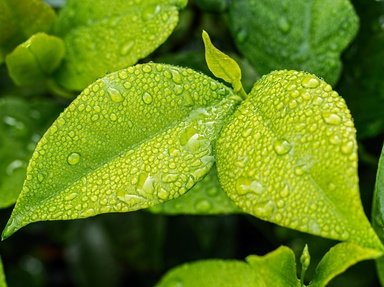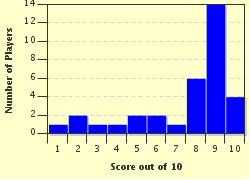Quiz Answer Key and Fun Facts
1. Stalks of this bluish wildflower grow two feet high along roadsides, blooming in the summer with blossoms that look something like a small blue daisy or oversize aster. The roots are used to make a coffee substitute. What is it?
2. What shy little shade-loving plant blooms in the spring, and gave its name to a shade of purple?
3. What tiny blue flower is named for its habit of living 24 hours, then being replaced by another bloom, repeating all summer? It has two large sky-blue petals like Mickey Mouse ears, then a tiny third one in either blue or white.
4. What dark purple wildflower grows three feet tall or more in fields, its bloom showing at the top of the stalk in late summer? It's named for the toughness of its stalks.
5. What little blue wildflower has grass-like leaves, so when you look down into the grass at your feet, the grass seems to be looking back up at you? Or at least that's what the person who named it thought.
6. What fall wildflower produces a big ball of pale grayish-purple flowers at the top of a nodding stalk three to seven feet tall? It's supposedly named after a native American healer.
7. What beautiful blue wildflowers can form a spring carpet by a pretty woodland stream? They are named for where they live, their color and their shape--pretty straightforward!
8. What fall flowers look like miniature lavender daisies on a bush a couple of feet high? They love roadsides, edges of fields and streams, anywhere they can get a bit of sun, and are usually the last display of fall wildflowers.
9. What little blue and white flowers have four flat petals each and grow maybe 6" high in a clump? They bloom in the spring and are named for being blue and not very big.
10. What nasty weed or pretty little flower, depending on your perspective, has tiny trumpet-shaped purplish-blue flowers in between scalloped leaves? It has many common names, but the one offered as the choice here says it's something that it's not, because it's actually a mint.
Source: Author
littlepup
This quiz was reviewed by FunTrivia editor
rossian before going online.
Any errors found in FunTrivia content are routinely corrected through our feedback system.

